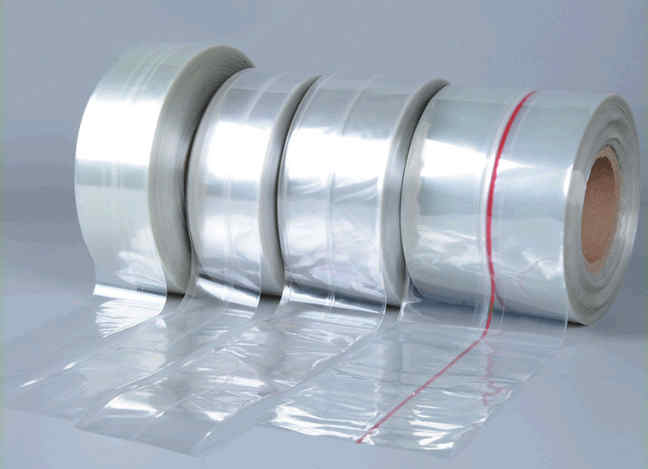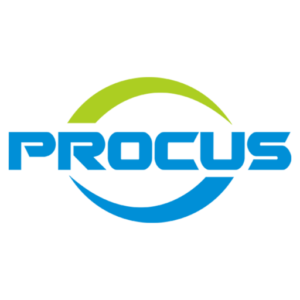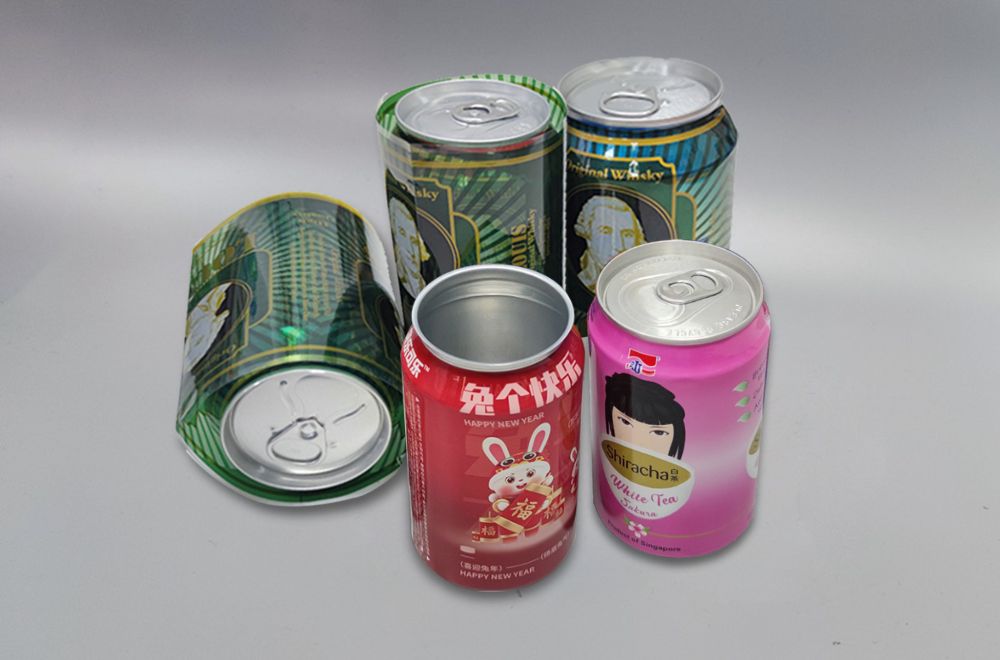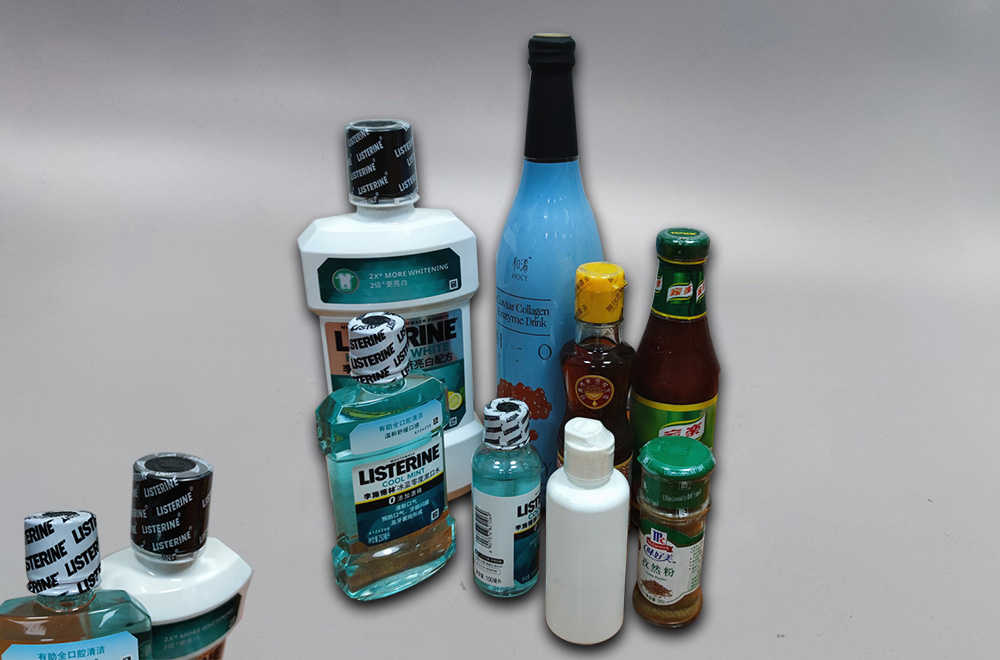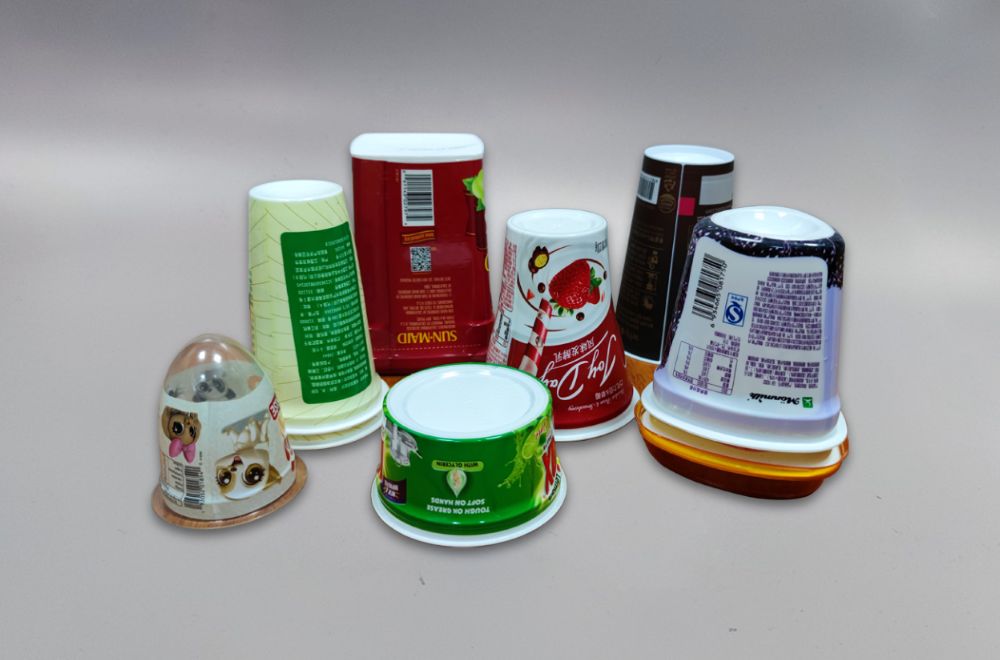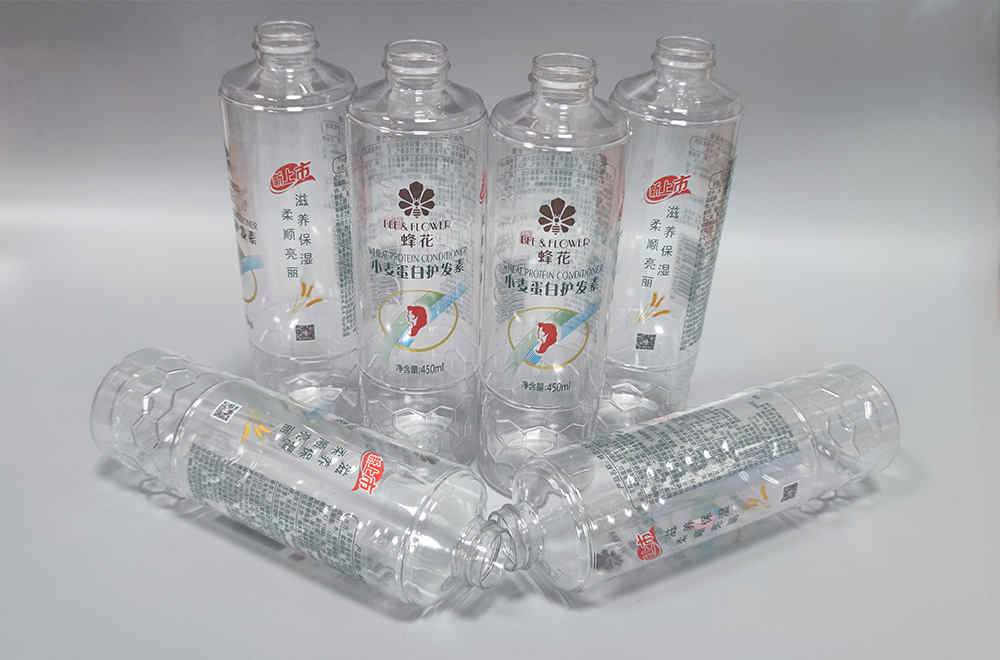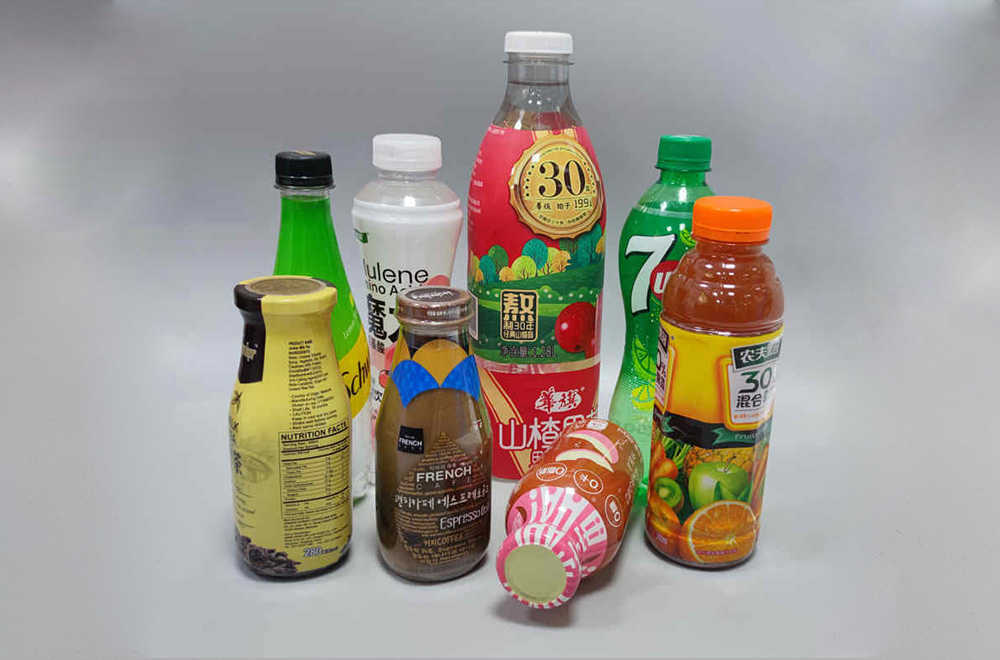Hey there, you’ve caught up in a real packaging problem. Would shrink sleeves make a big difference to the final shrinkage look of your package? Don’t you worry! I’ve been there, pondering the same question. Now, it’s time for us to dive into this mystery of the packaging world together.
To answer promptly: Yes, shrink sleeves play a vital role in the final shrinkage look of a package. Based on their material and design, different shrink sleeves shrink differently – they follow a unique script for lateral shrinkage (side to side) and vertical shrinkage (top to bottom). The choice of shrink sleeves can dramatically affect your product’s final appearance, making it crucial to select wisely.
The Types of Shrink Film Mainly Used
The primary materials used for shrink sleeves include PVC (Polyvinyl Chloride), PETG/PET (Polyethylene Terephthalate Glycol), OPS (Oriented Polystyrene), and PLA (Polylactic Acid). These materials differ in their performance, shrink characteristics, and specific applications.
A Bit About Heat Shrinkable Film
Heat shrinkable film is typically derived from thermoplastic materials. Thermoplastic is a type of plastic made from polymer resins that become liquid at a specific temperature. They can be reheated, reshaped, and cooled several times without significantly affecting their material properties.
Heat shrinkable films are created through a process called ‘orientation.’ The film is heated, rapidly drawn in two directions, and then quickly cooled down. This process ‘freezes’ the molecules in an expanded state. When reheated, the film tries to revert to its pre-stretched shape, resulting in shrinkage.
Understanding the raw materials used in shrinkable films is crucial as each material possesses unique properties, making them suitable for specific types of packages. Selecting the right material is a balance between your product’s needs, environmental considerations, and cost-effectiveness.
Printed Shrink Sleeve Labels

Printed shrink sleeve labels are crafted by printing the desired design on the film’s interior. This technique gives the labels a vibrant appearance and protects the ink from scuffing and degradation. Post-printing, the film is formed into a tube or sleeve, fitted over the package, and then subjected to a heat tunnel where it shrinks to conform to the package shape.
Shrinkage Rate and Its Impact on Product Packaging
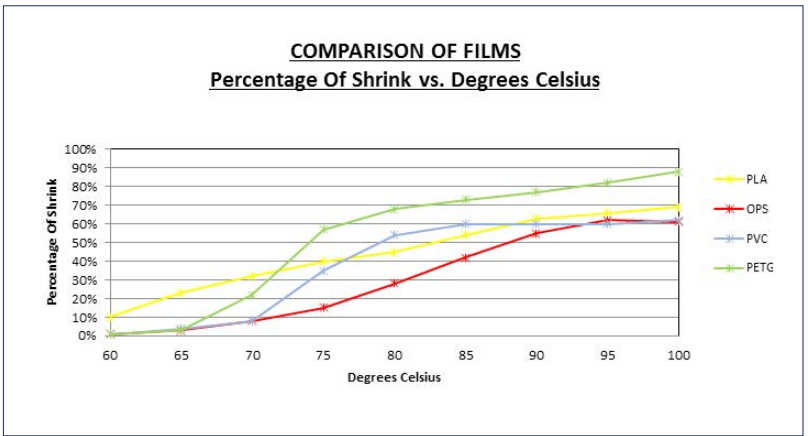
What exactly is this ‘shrinkage rate’? Imagine applying heat to your shrink sleeve and seeing it reduce in size. The percentage of that size reduction is what we refer to as the shrinkage rate. Shrinkage rate has two types, lateral shrinkage (side to side, shrink up to about 78%) and vertical shrinkage (top to bottom, shrinkage ranging from 0- 6%). Different materials have distinct shrinkage rates, which profoundly impact the final appearance of the package. For instance, a material with a high shrinkage rate can adhere to containers with intricate shapes and contours, offering a flawless fit.
However, high shrinkage rates can also lead to increased distortion risk. If your design involves intricate details or specific information, a high shrinkage rate could lead to distortions, potentially compromising the final appearance.
Striking a balance between your packaging needs and the shrinkage rate of your chosen material is crucial. A higher shrinkage rate might be advantageous for complex, uniquely-shaped containers, whereas a lower shrinkage rate may be suitable for simpler, straightforward designs.
The Specific Shrinkage Rates of Main Shrink Sleeves.
1. PVC (Polyvinyl Chloride):
Shrinkage Rate: Approximately 50-60%
The shrinkage process for PVC usually begins at around 100°C (212°F), and the material reaches its maximum shrinkage potential at about 130°C (266°F).
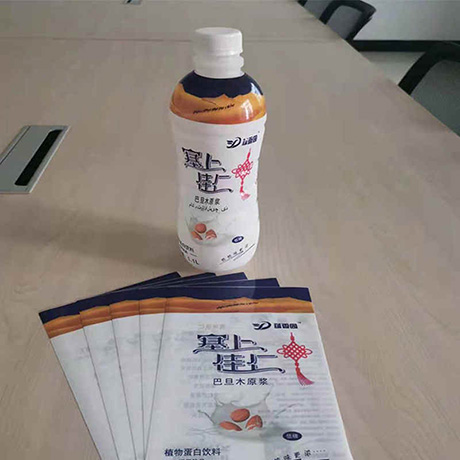
Advantages:
– It’s cost-effective, making it a popular choice for businesses on a budget.
– PVC is clear, ensuring your product design and details are visible.
Disadvantages:
– PVC is less environmentally friendly compared to other materials.
Packages are well suited for PVC:
• Projects with less than 60% lateral shrink(side to side)
• Tamper evident banding
• Should be considered for non-recyclable containers
2. PETG (Polyethylene Terephthalate Glycol):
Shrinkage Rate: Approximately 70-78%
PETG begins to shrink around 70°C (158°F) and achieves maximum shrinkage at about 110°C (230°F).
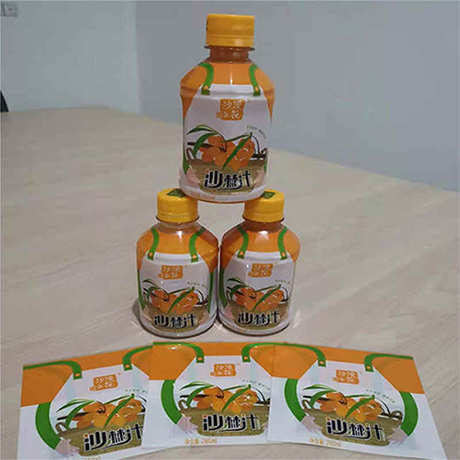
Advantages:
– PETG offers the highest shrink percentage among the materials, which means it can fit more complex container shapes.
– It provides excellent clarity and gloss, making your product design pop.
– PETG is more environmentally friendly than PVC and recyclable in many areas.
Disadvantages:
– PETG is more expensive than PVC.
– It requires careful handling and storage due to its high shrink characteristics.
Packages are well suited for PETG:
• Large Diameter bottle/small diameter neck – PETG has enough shrink to
• provide the required coverage.
3. OPS (Oriented Polystyrene):
Shrinkage Rate: Approximately 70%
OPS starts to shrink at approximately 75°C (167°F) and reaches its full shrinkage capacity around 95°C (203°F).
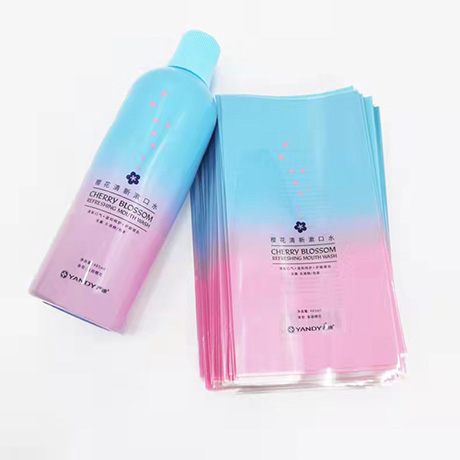
Advantages:
– OPS offers high stiffness and excellent clarity, which makes it ideal for designs with intricate details.
– It’s also cost-effective, making it a suitable choice for businesses on a budget.
Disadvantages:
– OPS has a lower shrink percentage, making it less suitable for complex container shapes.
– It’s less durable compared to PVC and PETG.
Packages are well suited for OPS:
• Squeezable containers
• Complete sleeve applications on bottles with little or no radius at the bottom for the label to wrap under since the shrink sleeve does not pull up due to low vertical shrink
4. PLA (Polylactic Acid):
Shrinkage Rate: Approximately 70-75%
PLA initiates the shrinkage process at around 60°C (140°F), achieving maximum shrinkage at about 80°C (176°F).

Advantages:
– PLA is biodegradable, making it the most environmentally friendly option.
– It offers good clarity and high gloss, which can enhance your product design.
Disadvantages:
– PLA is more expensive compared to PVC and OPS. Rarely used.
– It has a lower heat resistance and requires careful storage and handling to avoid premature shrinking.
Packages are well suited for PLA:
• Total compostable package
• Tamper evident banding materials per PDC experience
When choosing the right material for your shrink sleeve labels, you must consider your needs and constraints, such as budget, design complexity, durability requirements, and environmental impact. It’s about finding the right balance that suits your particular situation.
Ensuring the Best Fit for Your Packaging Needs
Choosing the proper shrink film for your product packaging can take time and effort. But with the insights we’ve shared about heat shrinkage characteristics, you can better analyze the requirements of your product containers.
Step 1: Evaluate your product container – Consider your container’s shape, size, and material. Also, consider the complexity of the design that will be on the shrink sleeve label.
Step 2: Match your needs with the correct shrink film – Select the material that offers the most advantages based on your evaluation. A lower shrinkage rate could work best if your design is simple and your container is a regular shape. Consider a material with a higher shrinkage rate for more intricate designs and shapes.
If you prefer, you can eliminate any uncertainty from the situation and let professionals help you. We offer free consultations; you can even send your shrink labels and containers to our company for testing. This way, you can be assured that the shrink film you choose is the most suitable for your product packaging.
In Summary
The impact of shrink sleeves on the final appearance of a package is significant, and understanding this can help make informed decisions about product packaging. Remember, the key lies in understanding the unique characteristics of your product and matching them with the correct shrink sleeve material. The right balance between the two can result in an aesthetically appealing and practical package that stands out on the shelves.

